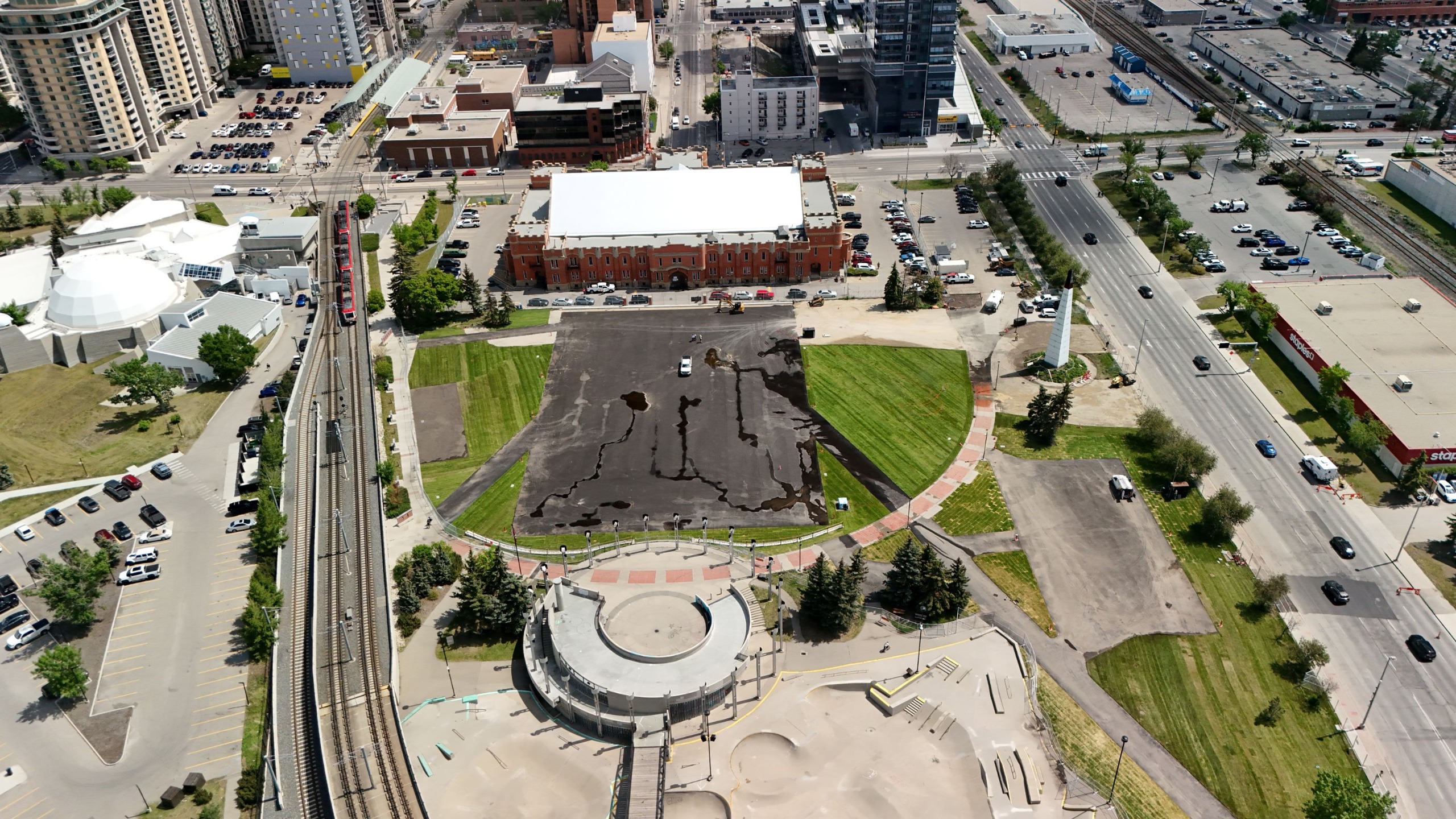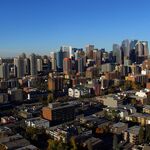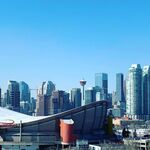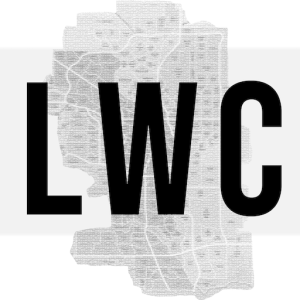trtcttc
Senior Member
What is the point of having this engagement starting now? The core element of the design is already signed into an agreement. Seems like a useless "we listened" gesture.

 engage.calgary.ca
engage.calgary.ca


Cowboys Park
Transforming Cowboys Park into a more modern and multi-functional event space in Calgary’s downtown.
 engage.calgary.ca
engage.calgary.ca







